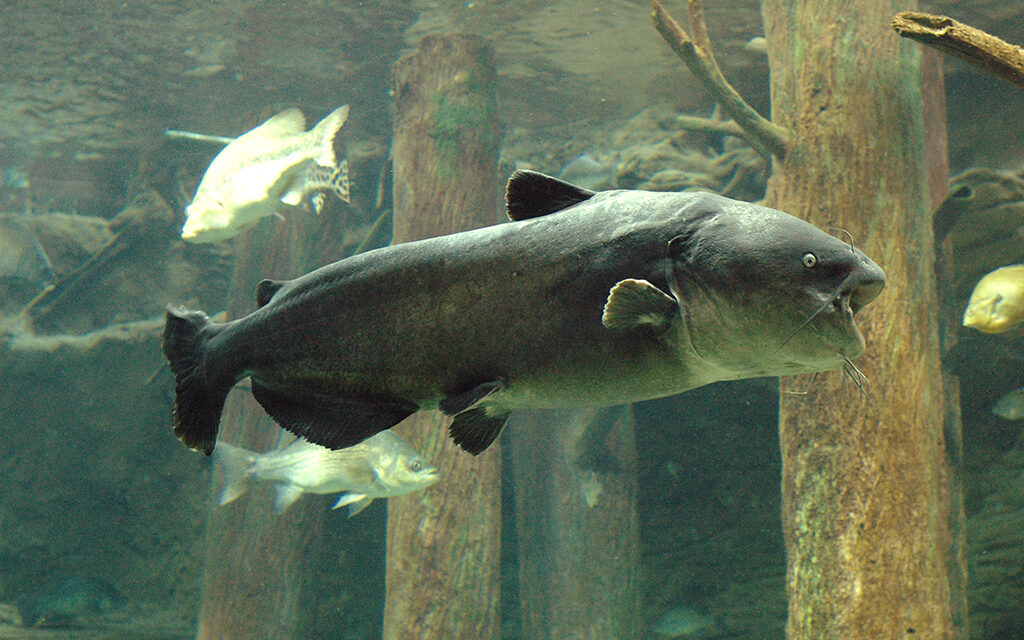by John Jefferson
As a kid, I tagged along with older guys on Beech Creek in East Texas one afternoon. They cut several sapling trees for poles and wedged the big end into the ground. They propped them up with strong limbs with forked branches on the end to accommodate the pole. They baited them with small cubes of IVORY SOAP, cut from a new bar. I figured the soap would melt in the flowing creek.
They were fishing for catfish, the most sought-after fish in Texas waters at the time before new lakes created habitat for bass and weigh-ins publicized the catches on TV.
After supper, we returned to “run” the lines. One of the poles was bending erratically. My excitement soared as one guy pulled the pole out of the ground and hauled in about a three-pound channel cat. I had never seen one that big. I was fascinated! Apparently, the soap stayed on long enough for a catfish to smell it and swim upstream.
By daylight, they had caught two or three more about the same size. I SO yearned to catch one myself.
Sometime later, while fishing the same creek with a cane pole baited with an earthworm, my bobber disappeared from a strong bite! This wasn’t the pull of the little perch I usually caught. After a few seconds of frantically raising my pole, I lifted a nine-inch channel catfish out of the creek!
To a little kid, that was a trophy. Holding the pole in one hand and the line inches above the wriggling little catfish, I ran all the way up the bank hollering for “Uncle Josh.” Thinking I had been snake bit, he dropped what he was doing and started to meet me. Seeing what my screaming was about, he stood there smiling as we met.
That was a turning point for me. I’ve since set several of my own lines in various creeks and rivers. Even caught a nice stringer on rods and reels with my barber on Lake Travis, one night. And impressed my wife and kids with a fine stringer caught on a trot line I had set on Lake Mathis one afternoon.
Catfish are bottom feeders, but you’ll catch more if your bait is a little above the bottom. Texas has three edible species — plus muddy tasting bullheads. Channel cats are the most prevalent, preferring streams, and eat anything, including stink bait. They’re silvery-white with black spots on their sides.
Blue catfish inhabit deep waters and eat anything dead or alive. Flathead cats are yellow or olive-brown and feed on live fish.
I don’t fish for catfish much anymore, and that’s a shame. Bass and crappie have consumed my interest since earlier days.
But I still recall the excitement of that morning on Beech Creek. And savor how my grandmother fried that little fellow.
Maybe I’ll show my grandkids how to set lines. And I’ll bet I’ll understand Uncle Josh’s feelings when they catch their first catfish!
JJ





